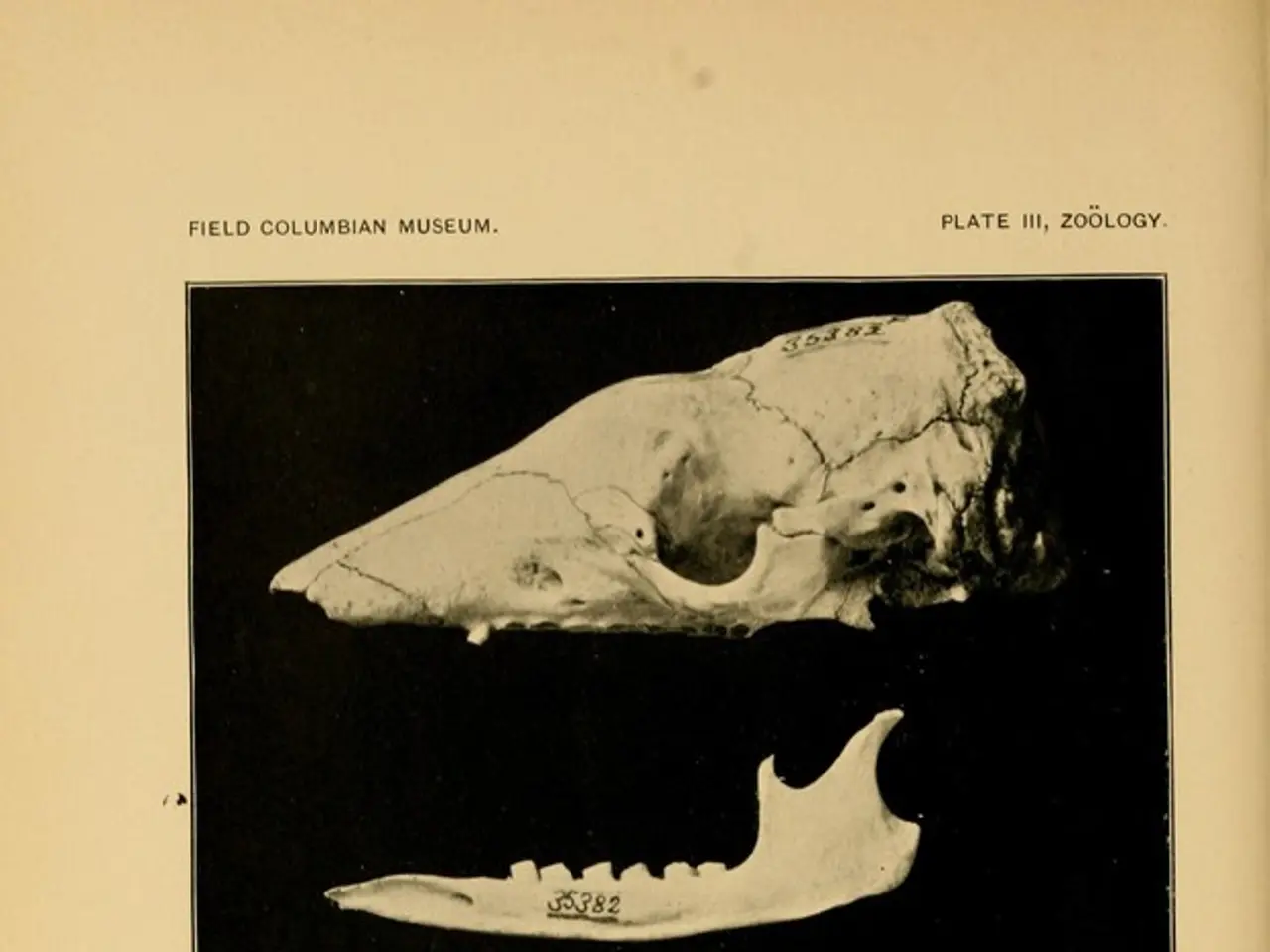Subclavius Muscle: The Unsung Hero of Respiration and Clavicle Stability
The subclavius muscle, a lesser-known but crucial component of the human body, has been under the spotlight of medical research. This minor muscle, present in two instances, plays a significant role in respiration and clavicle stability.
Located deep within the chest, each subclavius muscle originates from the first rib and inserts into the inferior of the clavicle bone. It is supplied by the subclavian nerve, which stems from cervical nerves five and six (C5 and C6), and is connected by a phrenic nerve containing sympathetic, sensory, and motor nerve fibers.
The primary function of the subclavius muscle is to lift the first ribs during respiration. It attaches to the first rib via costal cartilage, enabling chest expansion and contraction during breathing. Additionally, it stabilizes the clavicle by drawing it towards the sternum during pectoral movement.
Despite its small size and limited attention in popular health discussions, the subclavius muscle serves vital roles in human respiration and clavicle stability. Further research into its functions and potential implications for various health conditions is warranted.




